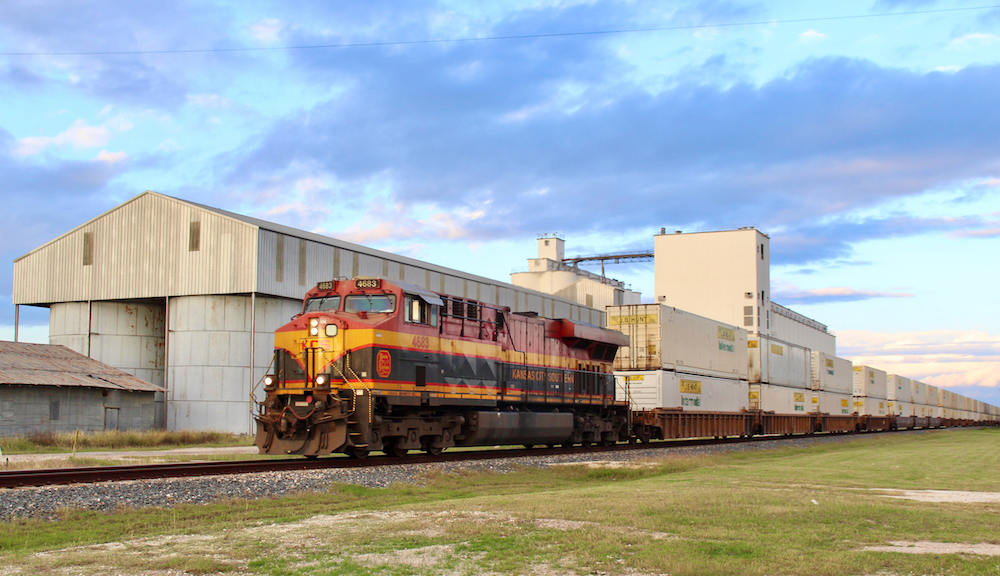
LOWELL, Ark. — J.B. Hunt Transport Services will open new transload facilities to transfer cargo between international and domestic 53-foot containers in Seattle and Laredo, Texas, giving it facilities at four of the nation’s largest ocean ports as well as the largest land port of entry into the U.S.
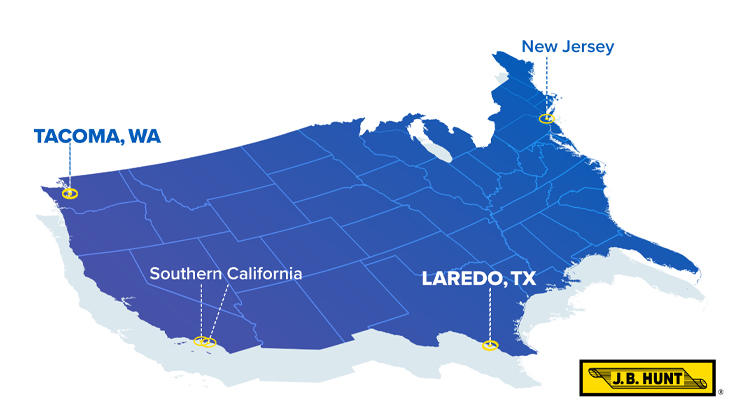
“The complexities of international shipping continue to impact how our customers bring freight into the domestic supply chain,” Darren Field, president of intermodal and executive vice president at J.B. Hunt, said in a press release. “By growing the reach of our transload service and managing the drayage and loading processes for our customers, we can provide new levels of process oversight and visibility into their freight activity, particularly the critical first-mile segment.”
The Laredo facility recently began operations, and the facility in Tacoma, Wash., serving freight arriving in both Tacoma and Seattle, is expected to open in November. It will complement a container-only service launched with BNSF in August between its Tacoma South facility and Chicago [see “BNSF and J.B. Hunt to launch service …,” Trains News Wire, July 27, 2022] The Laredo facility helps address the need for transloading that is often required for freight entering and exiting the U.S. because of regulations, carrier and driver availability, and domestic capacity demand, J.B. Hunt says.
J.B. Hunt opened its first transload facility in New Jersey in November 2021 and opened a facility in Commerce, Calif., in July to handle traffic from the ports of Los Angeles and Long Beach.






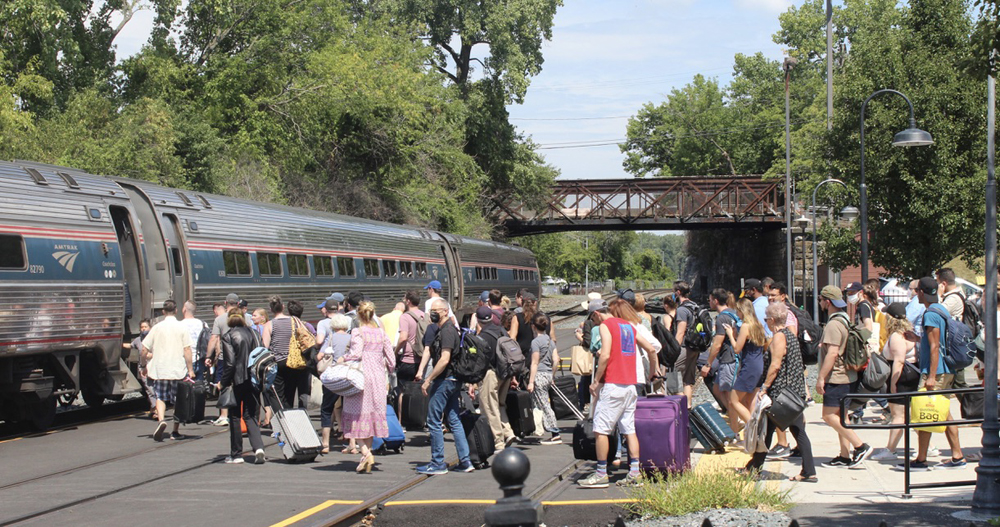
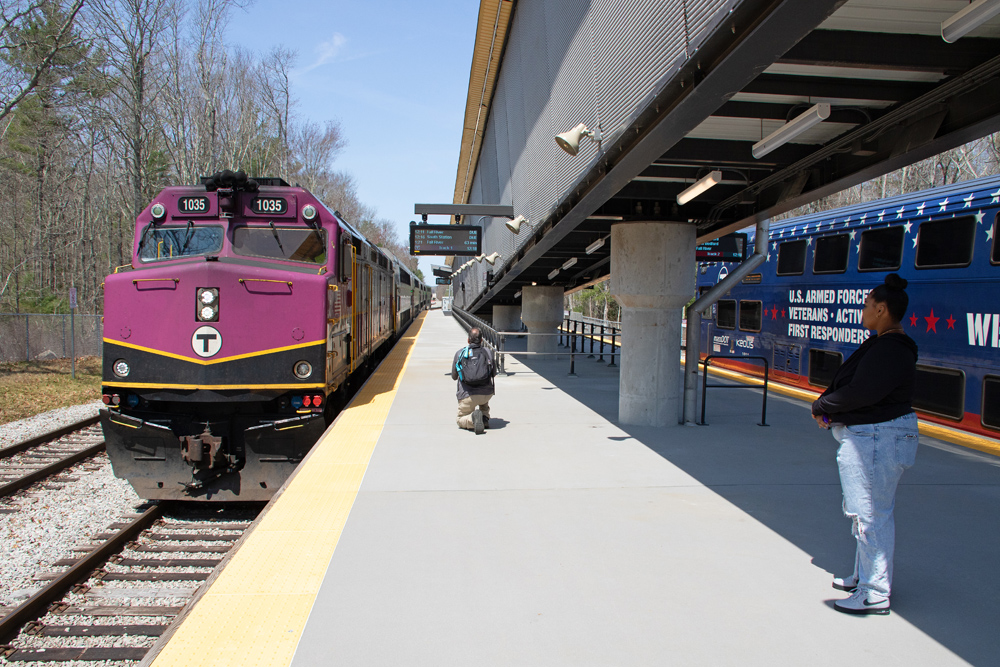
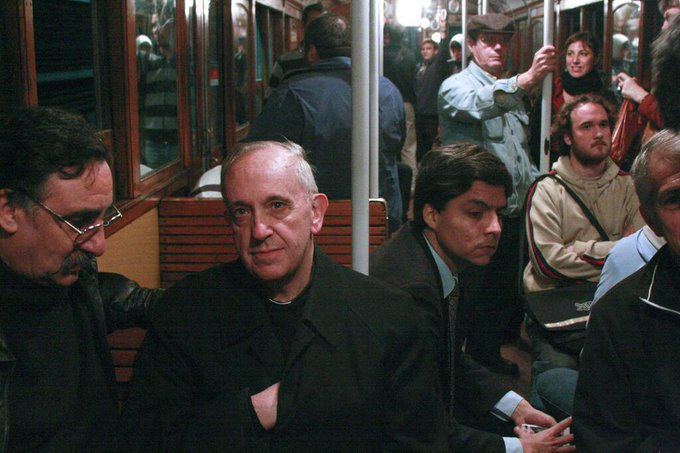





The reason for transload is it keeps you from hauling back 40′ empties and allows you to split them however works for you and the customer. It gives BNSF truck flexibility instead of selling just a full carload going to one destination. Walmart could theoretically be served this way with loads split to go to 4500 stores.
One thing that I learned a very long time ago when I worked for a railroad is that you can’t endlessly feed cars and locomotives into one end of the system and expect them to magically reappear at that end again. That is the messiness of railroading and what makes it so complicated.
Several megatrends at work here. First, both Hunt and Schneider are rapidly evolving into full service integrated logistics providers. Look at both websites. Each one of them now literally does just about everything for just about everyone in the supply chains (“soup to nuts”).
Second, when I was at the Santa Fe in the early nineties, we drastically cut eastbound rates out of California to avoid moving empties. California has a huge balance problem. Too much westbound domestic freight and too much eastbound import freight. One of the reasons Santa Fe had an operating ratio well above 90 at the time was the cross hauling of empty containers.
I don’t understand the need for transloading into domestic containers. The main benefit in containers was that it could be sealed at the origin and not touched again until delivery. This reduced handling and pilfering at the ports. If you put the contents of a 40′ container into a 53′ container have you really gained any capacity? Four 40′ will fit in three 53′, but that only works if they’re all going to the same destination.
This is a move to create more business for JB Hunt. JB gets to haul the foreign container contents in Hunt containers from the transload centers.
They do not have to be going to the same destination. It’s basically an LTL freight dock. (I’ve worked on an LTL freight dock.)
The inbound international 40′ containers are positioned on one side of the dock while the outbound 53′ domestic containers are on the other side. The loads on the 40’s are taken out and distributed into the 53’s going to any number of destinations. The loads in the 53’s will be a mix of what was in various inbound 40’s.
This will allow the inland distribution centers to receive, and carry, lower inventories for the various goods. This will make the logistics system more efficient and save money.